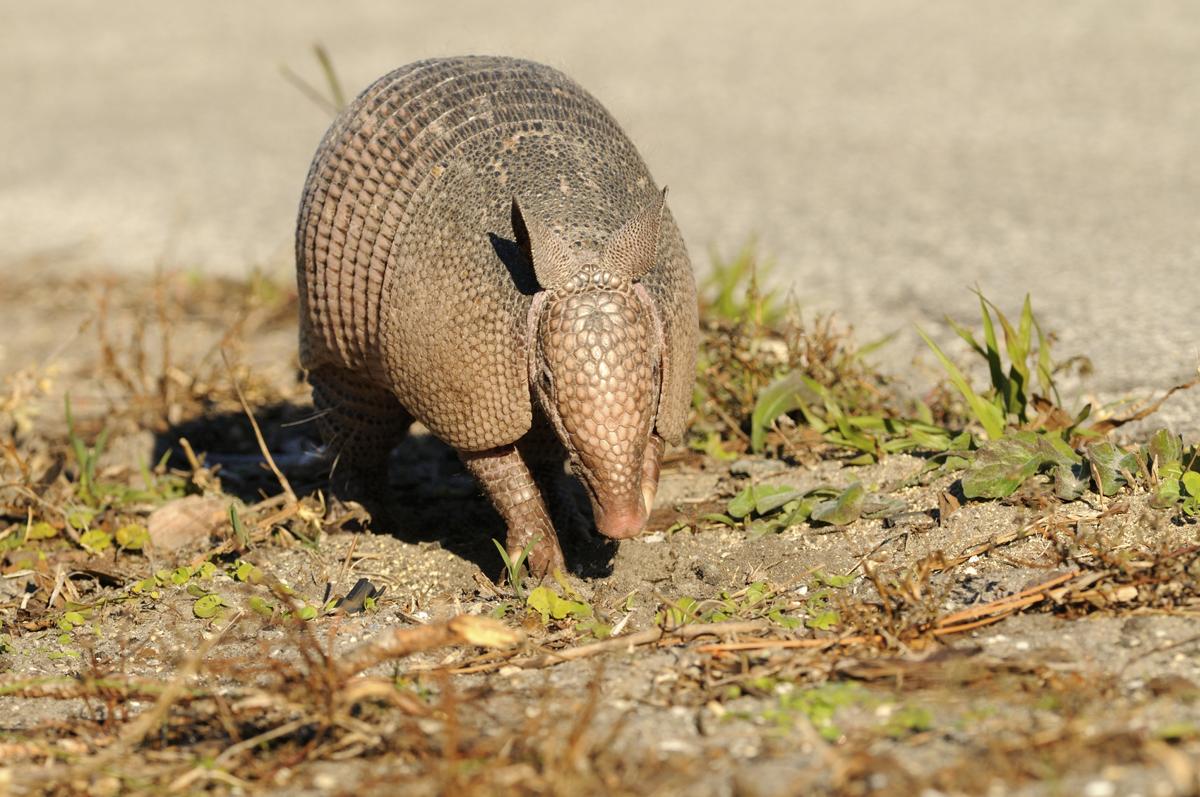

Some of these habitats include savannahs, tropical rainforests, and arid woodlands.
:max_bytes(150000):strip_icc()/armadilloGE4-58b58d453df78cdcd84c2c6c.jpg)
They can live in a variety of habitats, as long as there is a good supply of termites. The 10 countries where armadillos live are: Giant armadillos can be found throughout the Northern half of South America. The smallest one is the Pink Fairy Armadillo. The largest armadillo in the world is the aptly named Giant Armadillo. There are 21 living species of armadillos and 9 extinct species. How many species of armadillos are there? What does the name armadillo mean?Īrmadillo comes from the Spanish word for armor, and can be translated as “little armored one.”Īlthough, as we’ll see, some armadillos are not all that little. Locally you may hear giant armadillos also called tatou, ocarro, tatu-canastra, tatú carreta, and cachicamo gigante. What is the scientific classification for the largest living armadillo? Physical features: Grey-brown color, hairless, with bands along its neck and bodyġ.Population Status: Vulnerable and declining.Habitat: Savannahs, tropical rainforests, and arid woodlands.Location: Northern half of South America.Here is the overview of the giant armadillo of South America. How many different genera of glyptodonts were there?Ģ2 Giant Armadillo Facts ( Priodontes maximus) What is the scientific classification for the largest extinct armadillo? 6 Extinct Giant Armadillo Facts (Glyptodonts).What is the life span of the giant armadillo? Can a giant armadillo curl up into a ball? What threats does the giant armadillo face? What do we know about their reproductive cycle? What does a giant armadillo look like? (bands, color, hair) 22 Giant Armadillo Facts (Priodontes maximus).
#ARMADILLO FACTS SKIN#
The kits are born fully developed and it will take several weeks for their pink leathery skin to be ossified into armor. This single egg then divides into genetically identical quadruplets that are born four months later. Armadillos have delayed implantation, and after mating in July the fertilized egg remains dormant until November. They are good swimmers and can even hold their breath for up to six minutes. Their diet consists of insects, small animals, bird eggs, and roots.They can eat 40,000 ants in one feeding and are one of the few animals to consume fire ants.Armadillos use their claws for digging, and finding food, as well as for making their homes in burrows.Īrmadillos have poor vision. The armadillo’s armor plating is made up of actual bones, making them rather inflexible. Their armor-like skin appears to be their main defense, However, many armadillos escape predators by fleeing (often into thorny patches, from which their armor protects them) or digging to safety. The armadillo, in fact, is the state small mammal of Texas.Their life span is usually 12 to 15 years. In the United States the sole resident armadillo is the nine banded armadillo.Their range is as far east as South Carolina and Florida, and as far north as North Dakota, but is most common in the central southernmost states particularly Texas.


 0 kommentar(er)
0 kommentar(er)
